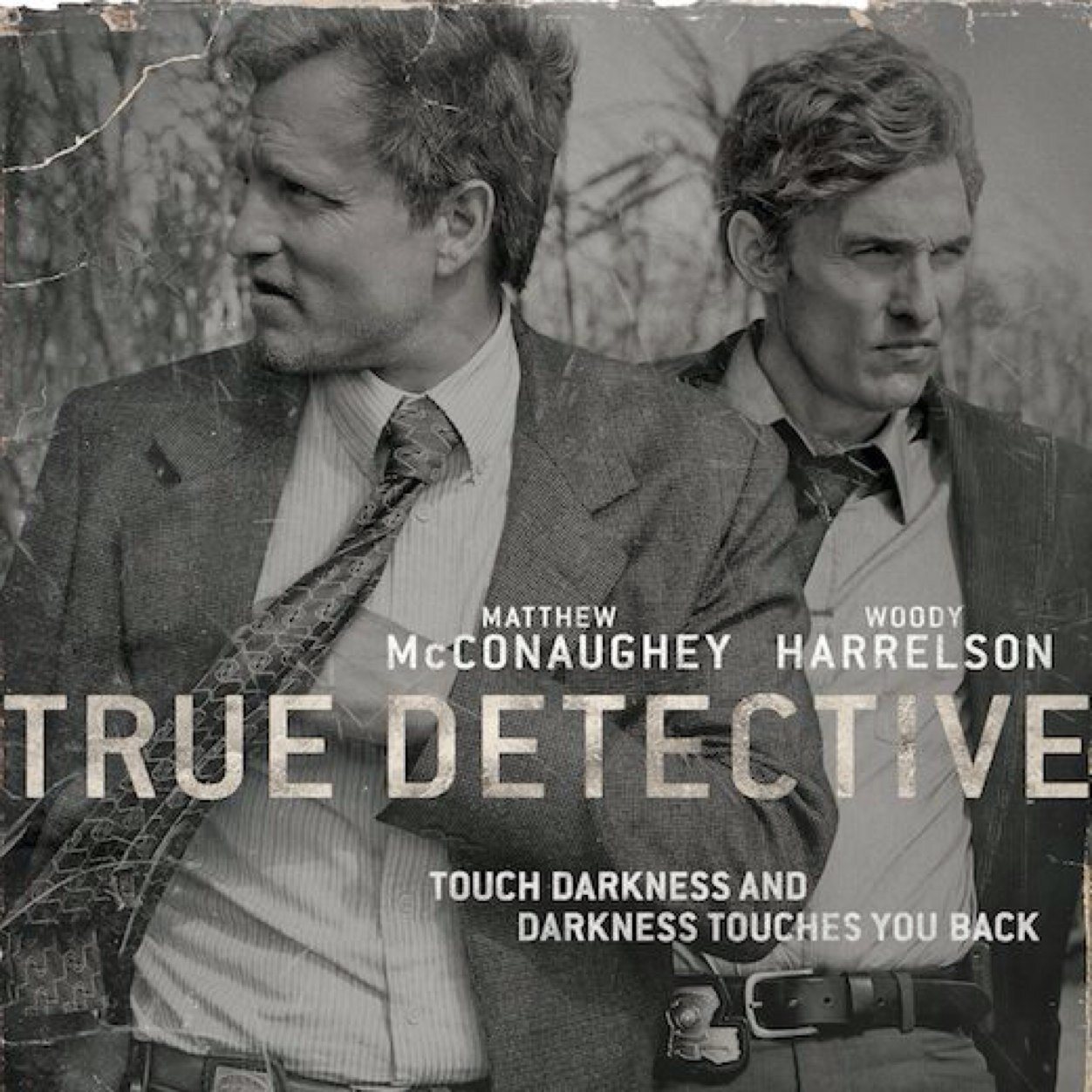SPOILERS FOR SEASON 1 OF TRUE DETECTIVE.
True Detective, HBO’s hugely popular new crime show, has ended its first season. True Detective is the story of detectives Rust Cohle (Matthew McConaughey) and Marty Hart (Woody Harrelson), and their investigation into a weirdly ritualistic murder. If nothing else, True Detective deserves praise for being totally impossible to sum up in a sentence. The three timelines, Lovecraftian sense of horror, and deeply philosophical themes all help to make it one of the more interesting shows in a long time.

The most immediate draw to watch True Detective, other than Reddits extreme obsession with it, is the cast. Harrelson and McConaughey are fantastic in their roles. McConaughey’s stoic portrayal of Rust, the detective equivalent to Albert Camus, is magnetic to watch. His southern drawl and stoic, deadpan delivery of cynical existential comments and monologues makes his character feel larger than life.m In comparison to the obvious fiction of Rust, Marty feels exceedingly normal. Harrelson hasn’t gotten the same attention McConaughey has for his role, and it’s a shame. He deals with subjects that are easy for the audience to establish an emotional connection with, such as trying to be a good husband and father. Rust’s rants on existence and identity are captivating, in particular his ending speech in episode three and the “flat circle” monologue of episode five, but they are more obviously fictional and academic, and therefore not emotionally engaging.
The show’s writing is nearly as good as its acting. Nic Pizzolato is extraordinarily ambitious in his subject matter and plotting, and it doesn’t take long before True Detective asserts itself over other shows. The interplay between the 1995, 2002, and present day timelines is excellent at showing how Rust and Cohle change and creating palpable suspense. The existential and philosophical themes and monologues that punctuate the show will ultimately be a matter of taste. You could argue that it’s just pseudo-dorm room intelligence, and while there is something to be said about it, I found it to be stimulating and refreshing from other worn anti-hero tropes.
The biggest problem with True Detective is its portrayal of women. Beyond Marty’s wife and daughters, nearly every other female character in the show is a stripper, prostitute, or drug fiend. They exist to occasionally push plot and to flash cleavage. Now, this wouldn’t be such a problem if there was a stronger case for this being a thematic decision on the show’s part. The idea that these women are an extension of Rust and Marty’s world views could work, since both of these characters have twisted, sexist views of women in general. So much of True Detective is about how we all create our own personal worlds, and it would make sense that Rust and Marty would have such twisted ones. Maggie’s character, however, just isn’t strongly written. Despite a good performance from Michelle Monaghan, Maggie is rarely written as more than a naggy wife. The closest thing she has to her own character separate from her husband is when she has sex with Rust as a way of hurting Marty. Yeah. It’s a move that causes her to be hated in the eyes of both Rust and Marty, and is a totally unrealistic action for her character to take. Pizzolato’s writing fails to express any empathy for Maggie’s character. It felt too much like we were being told to dislike a character who is in a very difficult situation and should be worthy of sympathy, but instead she’s just a tool for exploring Rust and Marty.
The show’s production values are impeccable. The image of the solitary, hulking tree in the middle of the sugar fields is a striking and iconic image that lends itself to the mythic tone the show so often conjures. The bayous, poorly lit bars, and decrepit crime scenes are all beautifully shot. The six-minute long form shot where Rust captures Ginger is an exceptional feat of planning and organization. The visuals feel heavily stylized and at times surreal, but the authentic, grimy atmosphere of the deep south keeps the whole thing deeply cemented in reality.
True Detective had me hooked for the stellar cinematography and acting, sure, but the thing that really kept me coming back was that I wanted to learn what kind of show True Detective was. Up until the very last episode, True Detective managed to keep the audience questioning: is the supernatural at play? The eerie references to the Yellow King and Carcosa throughout the eight episodes had many people believing that there was going to be some Lovecraft-esque forces secretly pulling the strings. I admit, when Rust saw the yellow skull idol and hallucinated that swirling mass of cosmos, I was sure that we were going to see the supernatural come into play. But it turns out that this was a human story all along. The final scene asserted that this show has been about Rust and Marty’s relationship, and Rust’s worldview becoming more optimistic. It keeps the show firmly centered as character drama, and while I would have liked to see something else, it is a respectable approach to take.
But I just can’t let go of that blue light, the portal-like hallucination Rust has right before Errol stabs him. I’m reminded of the end of the second episode, when Rust says, “Sometimes I think I’m losing it, but maybe I’m just mainlining the secret truth of the universe.” There are a lot of unexplained happenings in True Detective, and while Pizzolatto may insist that human evil is the greatest evil there is, I can’t help but feel like Rust and Marty truly did have a run-in with greater powers. Hopefully Pizzolato will not leave these references to old school horror out when the second season rolls around, and hopefully we haven’t heard the last of Carcosa and the insidious Yellow King.

